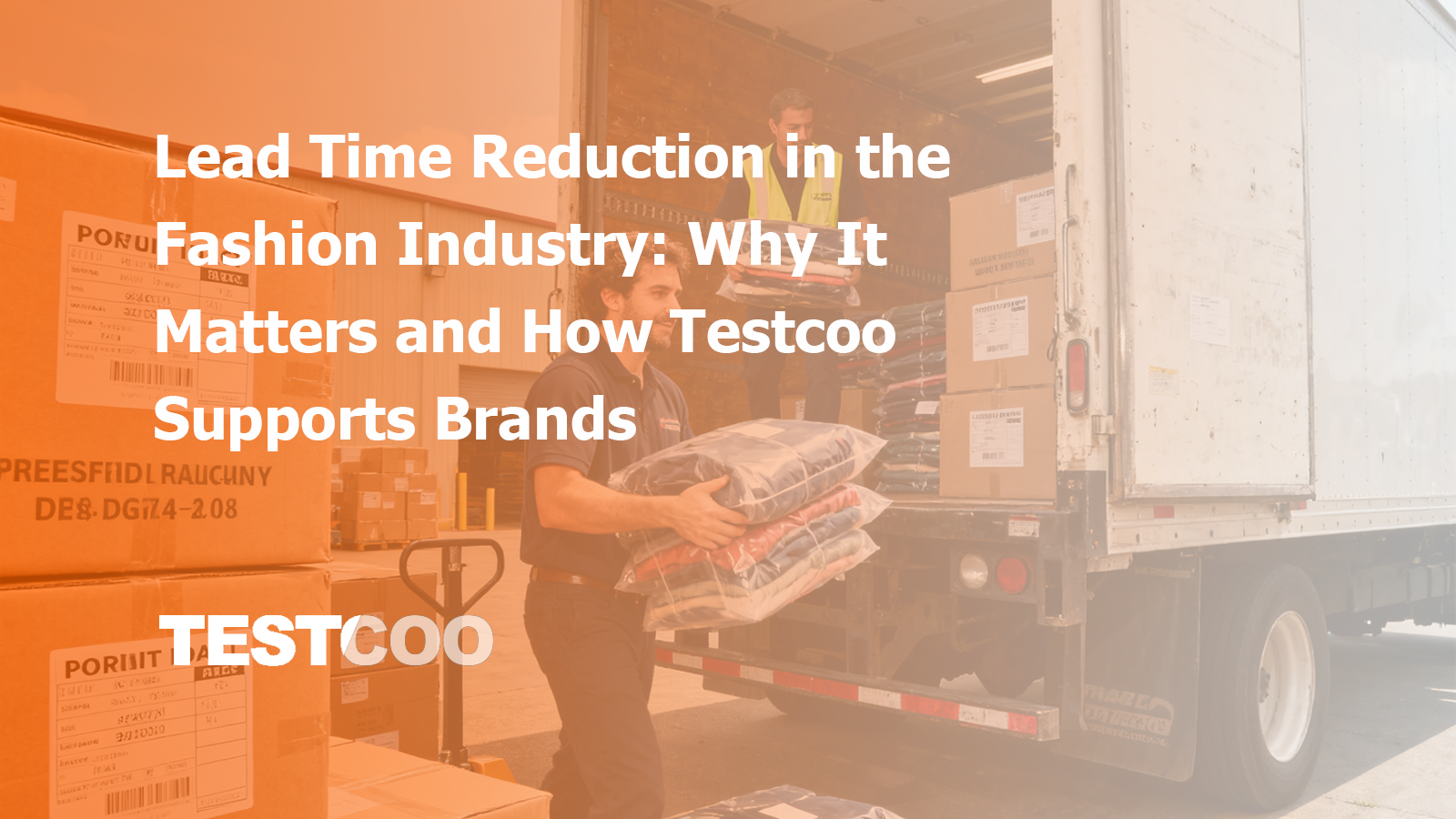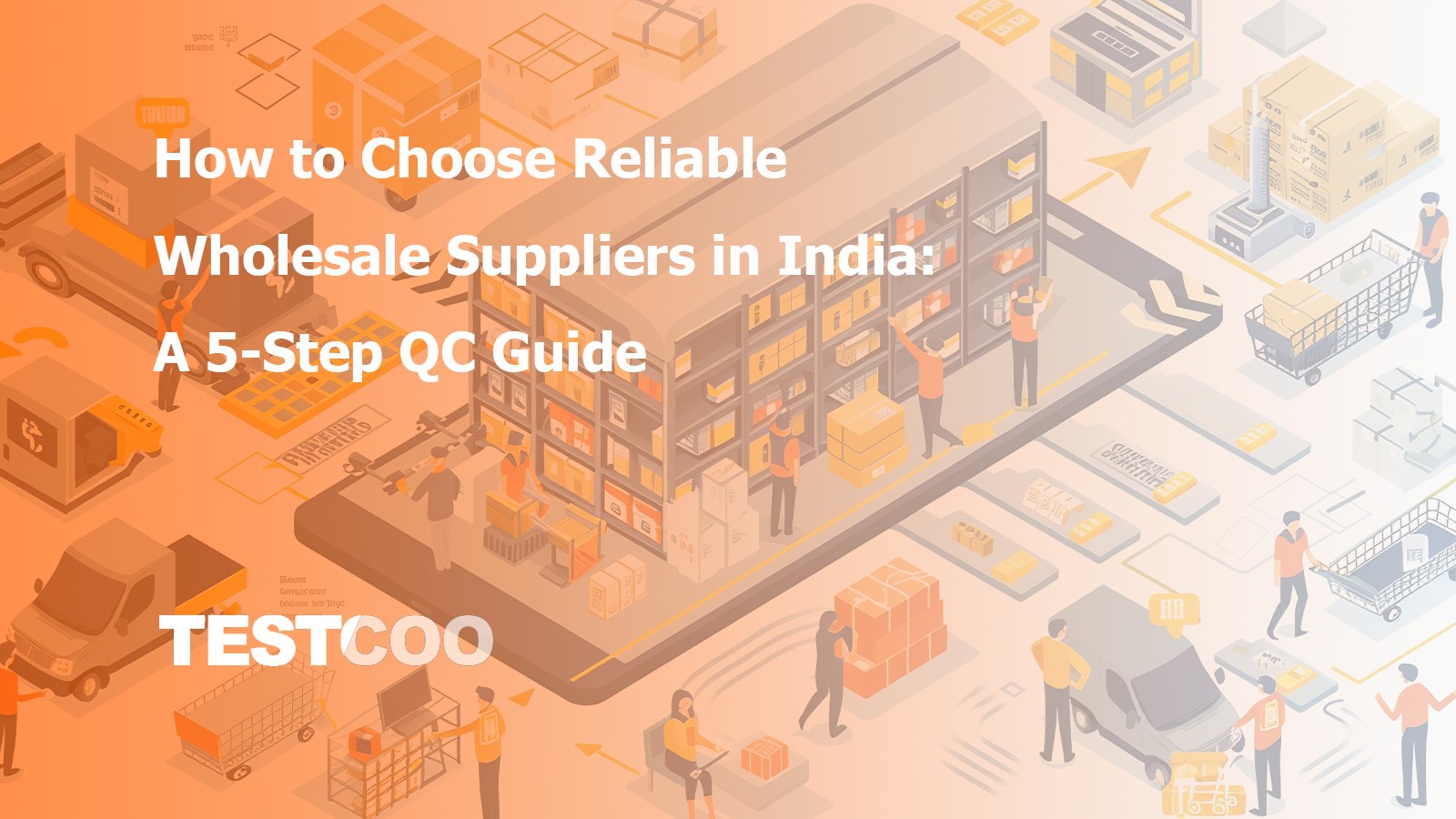Why Apparel Inspections Differ in China, India and Bangladesh

↵
The global apparel industry is heavily influenced by three major manufacturing hubs - China, India and Bangladesh - each offering distinct advantages, facing unique challenges, and requiring tailored inspection protocols. These countries play a pivotal role in meeting the worldwide demand for garments, catering to both fast fashion and premium apparel brands. However, differences in production techniques, labor laws, regulatory frameworks, and quality control measures make it essential for businesses to adopt region-specific inspection strategies. With manufacturing landscapes that vary significantly across China, India, and Bangladesh, understanding the critical differences in apparel inspections is not just beneficial but essential for brands, retailers and importers looking to maintain consistent product quality, reduce defects, prevent supply chain disruptions and ensure compliance with international standards.
Overview of Apparel Manufacturing in China, India and Bangladesh
The global apparel industry is dominated by three key players - China, India, and Bangladesh - each contributing significantly to worldwide textile and garment production. These countries have developed distinct manufacturing ecosystems shaped by their resources, labor costs, technological advancements, and regulatory environments.
China: The Global Leader in Apparel Manufacturing
China has long been the world's largest apparel manufacturer, known for its high production efficiency, advanced automation, and strong quality control measures. The country excels in producing high-end, technical, and performance wear, but rising labor costs and environmental regulations have driven some brands to explore alternative sourcing options.
- Strengths: Advanced technology, high production efficiency and strong regulatory compliance.
- Challenges: Rising labor costs, complex environmental regulations.
India: A Hub for Cotton and Artisan Textiles
India is a major cotton producer and home to a diverse textile industry, offering everything from handwoven fabrics to large-scale mass production. It specializes in organic textiles, embroidery, and sustainable fashion. However, challenges such as quality variations and inconsistent compliance standards remain.
- Strengths: Strong cotton industry, skilled workforce and diverse textile techniques.
- Challenges: Quality variations, inconsistent compliance standards.
Read more: How to Find a Supplier in India?
Bangladesh: The Low-Cost Production Giant
Bangladesh is the second-largest apparel exporter, primarily producing low-cost, large-volume garments for global fast-fashion brands. While its affordability makes it attractive, concerns over worker safety, ethical labor practices, and infrastructure limitations persist despite ongoing reforms.
- Strengths: Cost-effective labor, mass production capability, strong government support.
- Challenges: Labor rights concerns, fire and building safety issues.
Understanding these regional strengths and challenges is crucial for brands looking to source high-quality apparel while ensuring compliance and sustainability.
Read more: How to find a Clothing Supplier
Key Differences in Apparel Inspections
Apparel inspections vary significantly across China, India, and Bangladesh due to differences in manufacturing standards, regulatory compliance, and quality control challenges.
1. Regulatory and Compliance Requirements
Each country follows distinct inspection and compliance regulations:
China:
- GB Standards (Guobiao Standards): Apparel must meet strict national quality standards like GB Standards .
- ISO Certifications: Factories often comply with ISO 9001 and ISO 14001 for quality and environmental management.
- Consumer Protection Laws: Brands exporting to the US and EU must comply with international safety standards like CPSIA (Consumer Product Safety Improvement Act).
India:
- BIS Standards: BIS Standards govern textile safety and quality control in India.
- Mandatory Labeling Laws: Apparel must comply with labeling requirements such as fiber content and country of origin.
- GOTS Certification (Global Organic Textile Standard): GOTS Certification (Global Organic Textile Standard) is common for organic cotton and eco-friendly textiles.
Read more: Indian Manufacturing - What Brands Should Consider?
Bangladesh:
- Accord on Fire and Building Safety: Set up after the Rana Plaza tragedy to ensure workplace safety.
- Bangladesh Labor Act: Covers working conditions, wages and worker safety.
- OEKO-TEX Certification: Many manufacturers follow OEKO-TEX 100 standards for chemical safety in fabrics.
2. Common Apparel Defects by Country
The quality control challenges in each country vary based on their production style and labor expertise.
Defect Type | China | India | Bangladesh |
Stitching Defects | Minimal due to automation | Higher due to manual sewing | Common in bulk production |
Color Variation | Well-controlled via technology | Occasional dyeing inconsistencies | Common in hand-dyed textiles |
Fabric Defects | Rare due to high QC standards | Common in artisanal fabrics | Possible in budget production |
Sizing Issues | Standardized sizes followed | Variations due to different sizing norms | Inconsistent across factories |
Read our comprehensive guide to Apparel Defects - Types, Causes, Solutions, and Prevention
3. Factory Compliance and Ethical Considerations
- China: High-tech factories with advanced safety measures, but environmental compliance is a challenge due to pollution control regulations.
- India: Ethical sourcing is improving, but factories with informal labor sometimes fail compliance checks.
- Bangladesh: Low labor costs come at the risk of worker safety violations, despite reforms like RMG Sustainability Council (RSC).
Best Practices for Apparel Inspections in Each Country
To ensure product quality and compliance, brands should follow these best practices:
China:
- Conduct Pre-Production Inspections (PPI) to verify raw materials.
- Use AQL (Acceptance Quality Limit) sampling methods to ensure defect control.
- Monitor factory social compliance certifications (eg, BSCI, Sedex).
India:
- Perform Fabric Quality Tests (eg, shrinkage, colorfastness) early in production.
- Inspect handcrafted elements separately to account for natural variations.
- Verify GOTS or Fair Trade certifications for organic products.
Bangladesh:
- Conduct Structural & Fire Safety Audits of factories.
- Implement In-line Quality Checks during production to catch defects early.
- Ensure ethical labor compliance by working with certified factories.
Discover our ultimate guide to Garment and Apparel Inspection.
Why Choose Testcoo for Apparel Inspections?
At Testcoo, we provide tailored inspection solutions across China, India and Bangladesh to help brands maintain the highest quality standards. Our services include:
- Factory Audits: A factory / supply audit is the assessment for production capability and performance of a factory against proven quality principles. Every production site needs reliable manufacturing and quality control systems to ensure customers are satisfied with their products. As such, the key criteria assessed are policies, procedures and records that would indicate the factory's ability to deliver consistent quality management over time, rather than at one given time or only for certain products.
- Initial Production Check (IPC): The Initial Production Check (IPC) takes place at the beginning of the manufacturing process to assess the production readiness of a factory and ensure that initial production runs meet the buyer's specifications and quality standards. It is the first step in ensuring that your supplier will consistently manufacture good quality products. By conducting an IPC, buyers can proactively address any issues early in the production process, minimizing the risk of defects, delays and quality problems in the final product.
- During Production Check (DUPRO): During Production Check (DUPRO) is conducted when 30%-50% of goods are completed so that to ensure consistent quality in the manufacturing process. It allows you to identify any issues or defects early on and enables manufacturers to take corrective actions before large quantities of defective products are produced. DUPRO is especially valuable for products that are in continuous production and have stringent quality requirements. Conducting DUPRO can minimize the risk of producing substandard goods and ensure that the final products meet customer expectations, thereby reducing delays and rework.
- Final Random Inspections (FRI): Final Random Inspection (FRI) also known as Pre-Shipment inspection (PSI) is the most popular and commonly used quality inspection method. Final inspection takes place when your production is 100% completed and at least 80% of goods packed and seated in shipping cartons for verification of your purchase specifications.
- Social Compliance Audits: A Social Compliance Audit enables businesses to assess their suppliers, monitor health and safety, working hours, wages and compensation for workers and signal zero tolerance of human rights abuses such as child and forced labor. It also encompasses environmental issues and perspective on social responsibility. By complying with international social compliance standards, you can improve your brand's reputation among consumers and competitors, boost productivity and reduce health hazards in the workplace. To get started, conduct a social compliance audit to find out where you stand against global compliance standards.
The apparel inspection process varies significantly between China , India and Bangladesh due to differences in regulations, manufacturing processes and compliance requirements. Understanding these regional distinctions is crucial for brands looking to source high-quality products while maintaining ethical and legal standards.
Partnering with a trusted third-party inspection company like Testcoo ensures that your apparel meets international quality and safety benchmarks, helping you build a reputable and sustainable brand.
Free Sample Report Performance Quality Control
Download a sample report to keep control of your supply chain!
Featured Articles
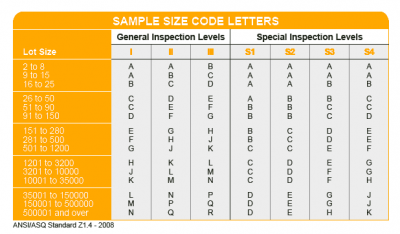 AQL Table | How to Read It
AQL Table | How to Read It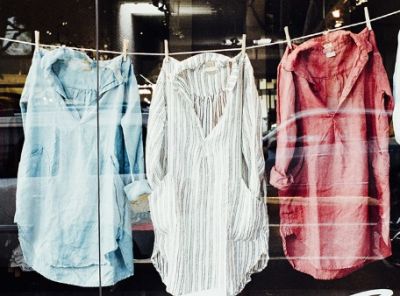 TOP 10 Common Defects in Garments Quality Inspection
TOP 10 Common Defects in Garments Quality Inspection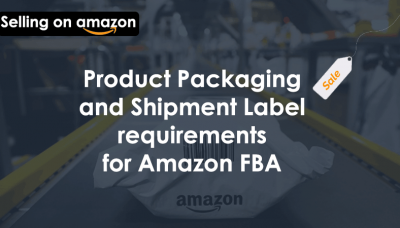 Product Packaging and Shipment Label requirements for Amazon FBA
Product Packaging and Shipment Label requirements for Amazon FBA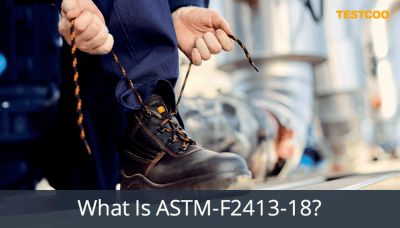 What Is ASTM-F2413-18? Protective Footwear Standard
What Is ASTM-F2413-18? Protective Footwear Standard How to Conduct Third-Party Quality Control Inspections for Electric Scooters
How to Conduct Third-Party Quality Control Inspections for Electric Scooters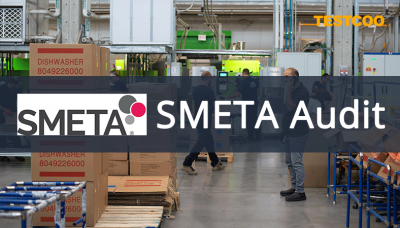 SMETA Audit-What is SMETA Audit?
SMETA Audit-What is SMETA Audit?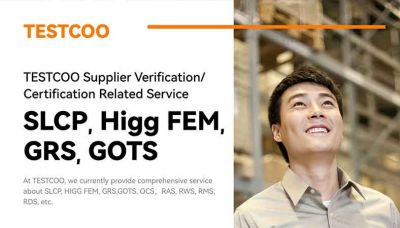 TESTCOO Supplier Verification/Certification Service SLCP, Higg FEM, GRS, GOTS
TESTCOO Supplier Verification/Certification Service SLCP, Higg FEM, GRS, GOTS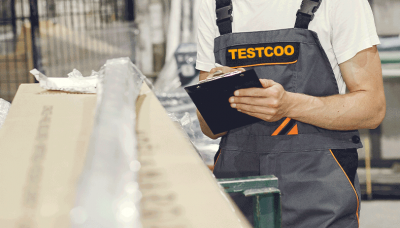 Quality Control Inspection Company in China
Quality Control Inspection Company in China What is Quality Inspection? A Complete Guide
What is Quality Inspection? A Complete Guide Guidelines for Product Inspection in India
Guidelines for Product Inspection in India
Category
- Production Inspection Service
- Factory Audit
- Softline Inspection
- Hardline Inspection
- Electrics Inspection
- Certification
- Checklist
- Manufacturers
- Quality Assurance Basics
- Products Recall
- AQL
- Guidence and Standard
- News
- Supplier Management
- Amazon
- Protective Equipment
- e-commerce quality control
- Indian Manufacturing
- Soft Goods Quality Control
- Supply Chain Management
- Supply Chain Resilience
- E-Commerce Quality Control
- ISO 2859
- Supply Chain Optimization
- Garment Industry
- Higg Index

